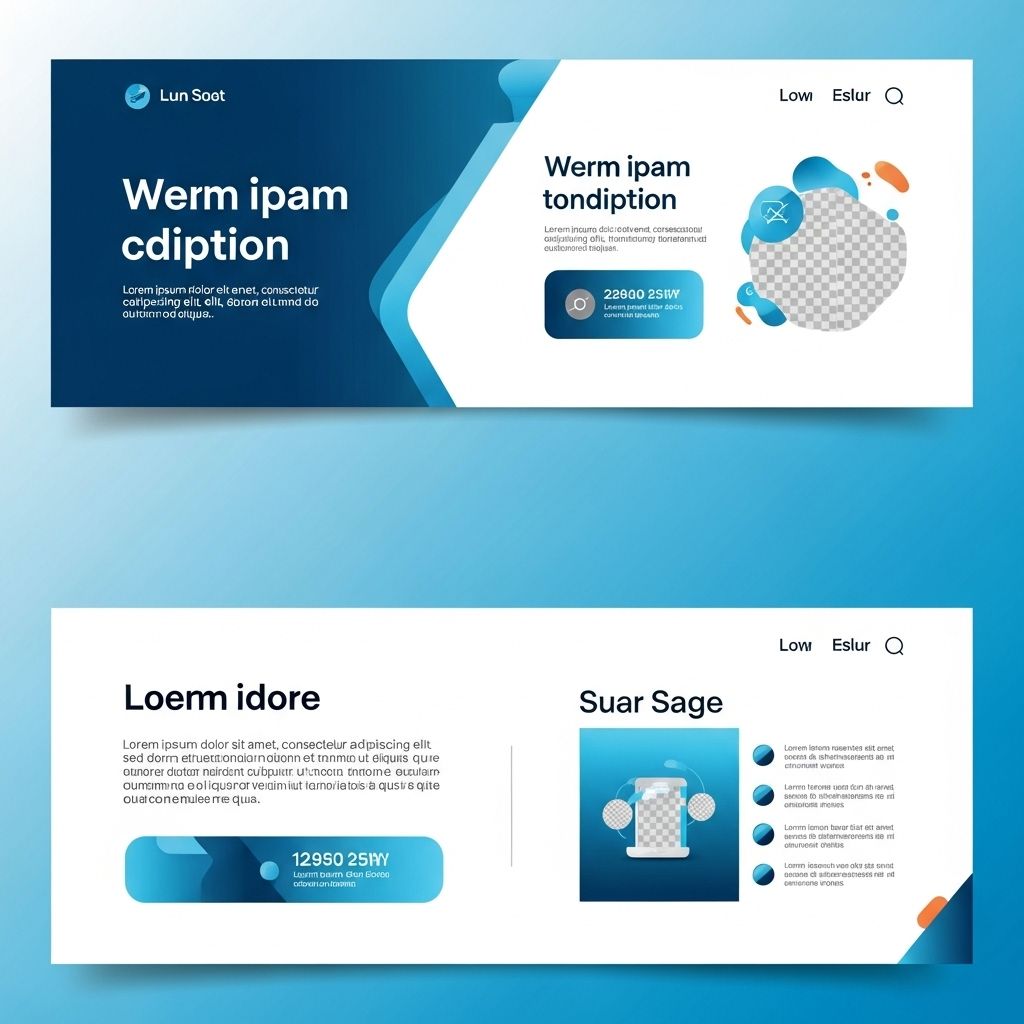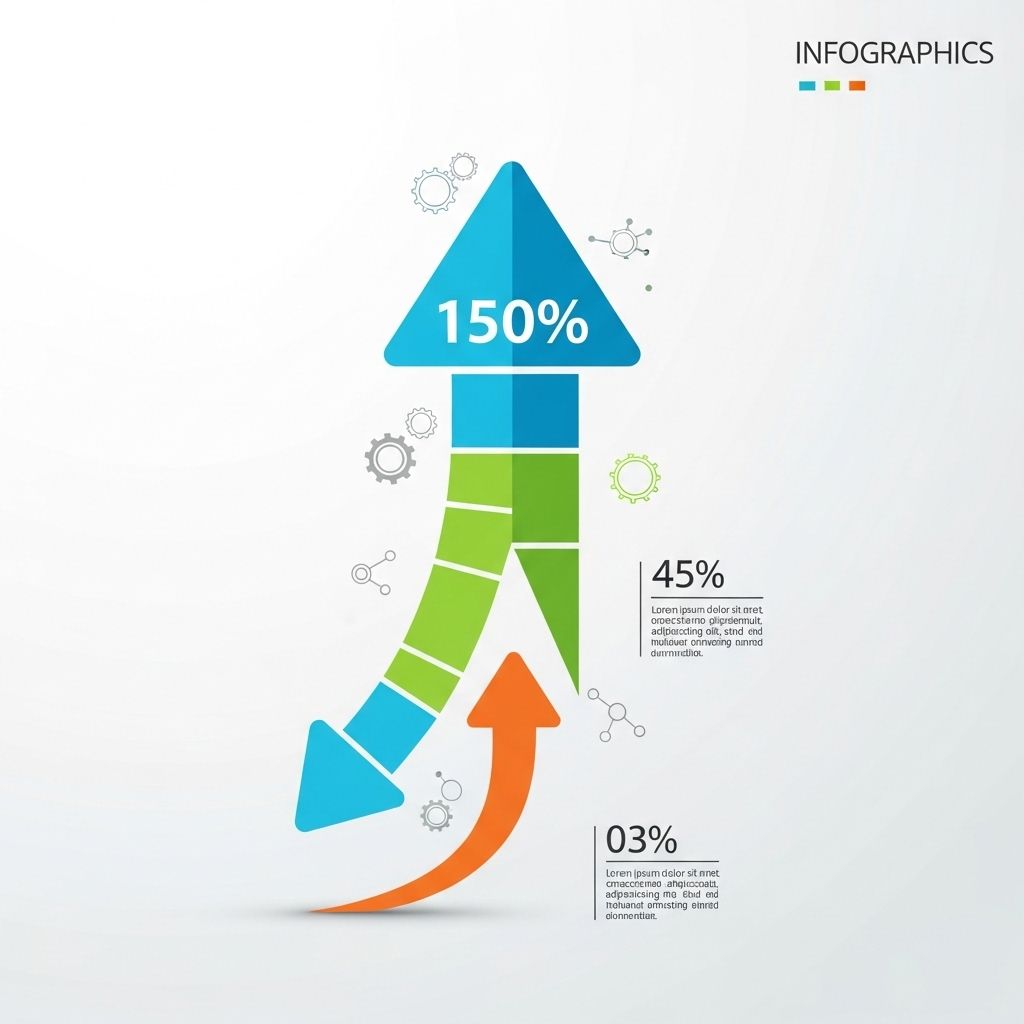In the bustling world of digital marketing, copywriting stands as a key player in driving sales and building brands. With countless products vying for attention, the right words can make all the difference. Understanding and employing effective copywriting formulas can significantly enhance your ability to connect with your audience and encourage them to take action. This article explores ten powerful copywriting formulas that can boost sales and improve engagement with your target market.
Understanding the Psychology of Copywriting
Before diving into specific formulas, it’s crucial to grasp the underlying psychology that drives persuasive copy. Effective copywriting is more than just stringing together compelling phrases; it’s about understanding human behavior and leveraging that knowledge to create persuasive messages. Key psychological principles include:
- Scarcity: People want what they can’t have. Limited-time offers or exclusive products can create urgency.
- Social Proof: We tend to trust the opinions of others. Testimonials and reviews can enhance credibility.
- Reciprocity: When you give something valuable, people feel compelled to return the favor. Free trials or informative content can create this effect.
1. AIDA: Attention, Interest, Desire, Action
The AIDA formula is one of the oldest and most effective copywriting techniques. It consists of four stages:
- Attention: Grab the reader’s attention with a strong headline or opening statement.
- Interest: Foster interest by presenting relevant information or intriguing facts.
- Desire: Create desire by highlighting the benefits of your product or service.
- Action: Encourage the reader to take the next step, whether it’s making a purchase, signing up for a newsletter, or downloading a resource.
2. PAS: Problem, Agitation, Solution
The PAS formula focuses on addressing a problem faced by the audience:
- Problem: Identify the pain point your target audience is experiencing.
- Agitation: Amplify the problem by emphasizing the emotional impact of not addressing it.
- Solution: Present your product or service as the solution to this problem.
3. FAB: Features, Advantages, Benefits
FAB is a straightforward method that emphasizes the value of your offering:
- Features: List the attributes of your product.
- Advantages: Explain how these features provide an advantage over competitors.
- Benefits: Highlight the specific benefits your audience will experience.
4. 4C’s: Clear, Concise, Compelling, Credible
The 4C’s formula focuses on the quality of your copy:
- Clear: Your message should be straightforward.
- Concise: Avoid fluff; get straight to the point.
- Compelling: Use persuasive language that resonates with your audience.
- Credible: Back up your claims with facts, testimonials, or guarantees.
5. The 7 Reasons Why
This formula is particularly effective in blog posts and landing pages. List seven reasons why someone should buy your product or service. By breaking down the information into digestible points, you facilitate better understanding and decision-making. Here’s how to apply it:
- Identify key reasons that illustrate benefits.
- Structure each reason clearly.
- Include supporting evidence or examples for each point.
6. The Storytelling Approach
Storytelling can be a powerful tool in copywriting. By weaving narratives that resonate emotionally with your audience, you can create a connection that drives engagement and sales. Here’s how to effectively use storytelling:
- Identify a relatable character: Your audience should see themselves in the story.
- Present a conflict: Highlight a challenge the character faces.
- Show resolution: Describe how your product or service provides a solution.
7. The Before-After-Bridge (BAB) Formula
The BAB formula is designed to create a vivid picture in your reader’s mind:
- Before: Describe the current situation (the problem).
- After: Paint a picture of the future after the problem is resolved.
- Bridge: Show how your product or service is the bridge between the two.
8. The Problem-Solution-Benefit Formula
This formula is straightforward and effective:
- Problem: Clearly state the issue.
- Solution: Offer your product or service as a solution.
- Benefit: Highlight the benefits of choosing your solution.
9. The Question-Answer Formula
Engaging your audience with questions can draw them in. This formula consists of:
- Question: Pose a question that resonates with your audience’s pain points.
- Answer: Provide a compelling answer that positions your product as the ideal solution.
10. The Call to Action (CTA) Framework
A strong call to action is essential for converting interest into action. Consider these elements:
- Clarity: Be clear about what action you want the reader to take.
- Urgency: Create a sense of urgency to encourage immediate action (e.g., “Limited time offer!”).
- Value: Convey what the reader will gain from taking action.
Conclusion
Mastering copywriting formulas is essential for anyone looking to boost sales and improve engagement. By understanding the psychology behind effective communication and applying the right formulas, you can create compelling copy that resonates with your audience and drives conversions. Experiment with these formulas, assess their effectiveness, and continuously refine your approach to suit your brand and audience. With practice and dedication, your copywriting skills will develop, leading to greater success in your marketing efforts.
FAQ
What are some effective copywriting formulas to increase sales?
Some effective copywriting formulas include AIDA (Attention, Interest, Desire, Action), PAS (Problem, Agitation, Solution), 4Ps (Promise, Picture, Proof, Push), FAB (Features, Advantages, Benefits), and the Before-After-Bridge formula.
How does the AIDA formula work in copywriting?
The AIDA formula stands for Attention, Interest, Desire, and Action. It guides the copywriter to first grab the reader’s attention, then build interest in the product, create a desire for it, and finally encourage the reader to take action, such as making a purchase.
Can you explain the PAS formula in copywriting?
The PAS formula stands for Problem, Agitation, and Solution. It identifies a problem the target audience faces, agitates the pain of that problem, and then presents a solution, typically your product or service, as the answer.
What is the 4Ps formula in copywriting?
The 4Ps formula consists of Promise, Picture, Proof, and Push. It begins with a promise of benefits, paints a vivid picture of the desired outcome, provides proof through testimonials or data, and ends with a push to encourage the reader to act.
How does the FAB formula enhance copywriting effectiveness?
The FAB formula focuses on Features, Advantages, and Benefits. By clearly outlining the features of a product, explaining the advantages over competitors, and highlighting the benefits to the customer, it helps create persuasive and compelling copy.
What is the Before-After-Bridge formula in copywriting?
The Before-After-Bridge formula involves describing the ‘Before’ state of the reader’s problem, painting a picture of the ‘After’ state they desire, and then building a ‘Bridge’ that connects the two, often through the use of your product or service.




